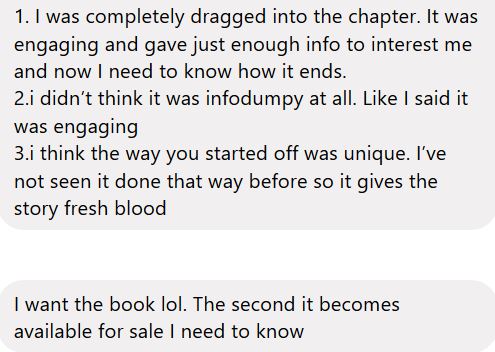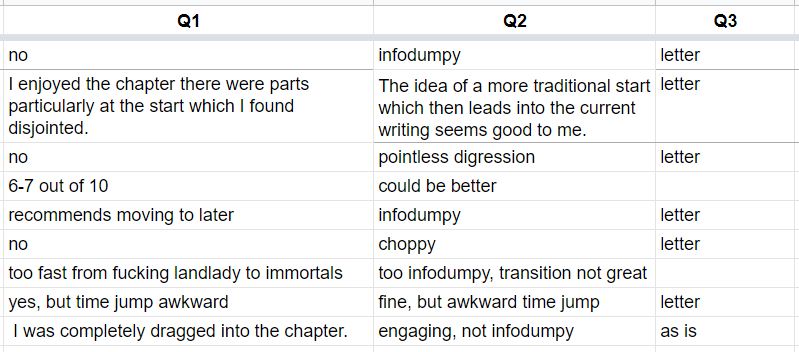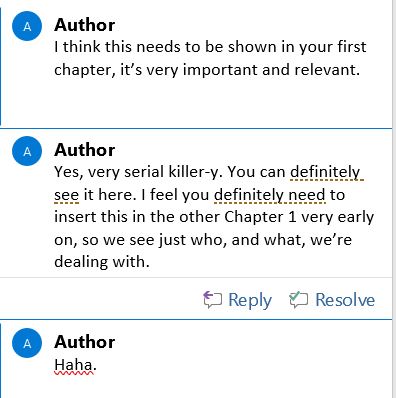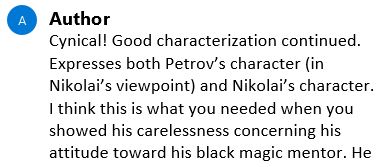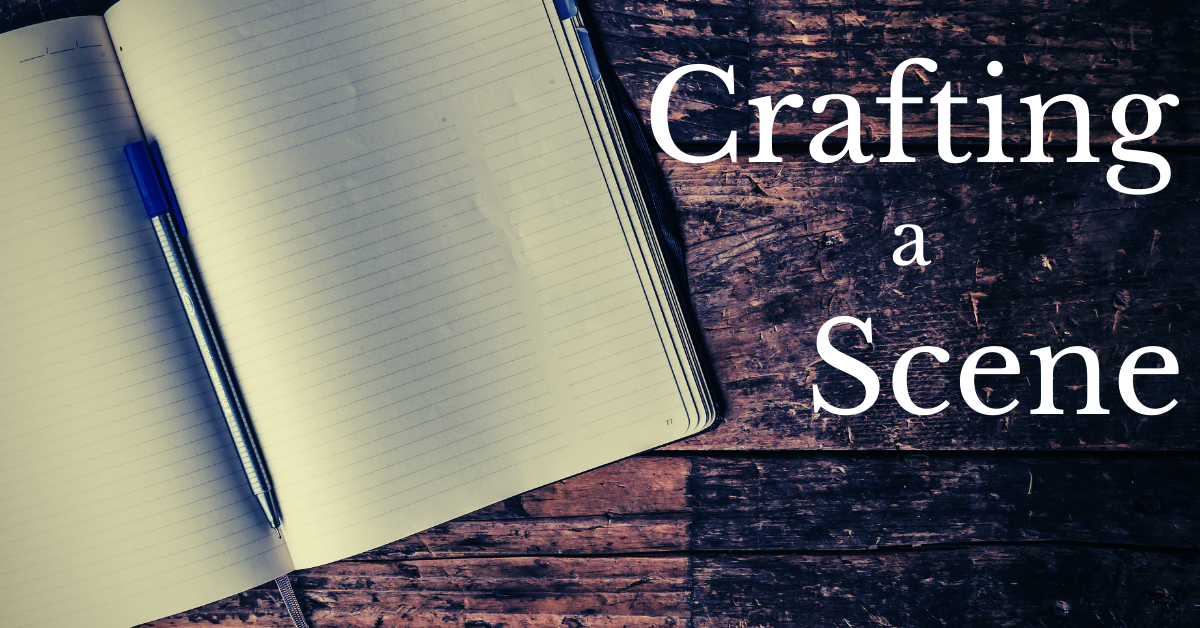ChatGPT is an amazing AI tool. From idea generation to refining your process, here are five ways I’ve been using it.
Intelligent Searching
Authors research a lot of random stuff, and not all of it is easy to find. I often find myself scrolling through tons of listicles, hoping to find that ONE thing I’m searching for. ChatGPT allows you to narrow it down. For example, I needed an Italian expression from the 1600s. I found many articles, but they’re sorted by categories that weren’t particularly helpful for narrowing things down. So I asked ChatGPT.

You still have to fact check what you find. ChatGPT pulls information from a variety of sources and not all of them will be accurate. For example, when I asked it for Russian dog names it gave me one that was incorrect.

While not perfect, it can drastically decrease the amount of time spent Googling stuff. I’ve asked it for the story beats of a coming of age story and it gave me a list. Same when I asked it to explain in basic terms how music can alter emotion. It’s also great for when you can’t remember one stupid word or phrase.
Ad Copy
What author enjoys writing ad copy? I haven’t tried ChatGPT for blurb writing, but I’ve been using it for newsletter subject lines. I just dump in my whole newsletter and ask it to generate something.

Writing That One Scene You Hate
Every writer sucks at something. For some it’s dialogue, while for others it might be fight scenes. For me it’s description. Asking ChatGPT to write those scenes for you gives you a basic blueprint which can then be customized into your voice.

I’m not one for long descriptions and this is the wrong point of view, so I used all of one line of what it gave me (“soft and silvery light” I think). It was still incredibly helpful and gave me a jumping off point. Another time I asked ChatGPT to describe an image for me. It was a stock photo of a setting like one in my book. The description wasn’t all that good, getting several major elements wrong (it’s a language AI, not a visual one), but it made me realize what parts of the image I wanted to focus on for my story.
I told ChatGPT to describe just those elements, and write a character’s reaction to entering the room. It was all wrong. Wrong point of view, wrong character voice, focusing on the wrong elements. But that was okay! It helped me refine my writing. You can see the progression here, along with what I actually ended up using:
This may seem time consuming, but keep in mind description is the thing I suck at. It’s also a lot faster than it looks, since I’m mostly skimming what ChatGPT gives me for stuff I can use – often just a few key phrases. The thing that takes the most work is the prompts. Revising them to get what you want also makes you think more about what you’re trying to do, which leads me to…
Brainstorming Buddy
One of the best ways to learn something is by having to explain it to someone else. Programmers use this method to debug code they’ve written – by explaining it to an inanimate object like a rubber duck. It’s called rubber duck debugging.
While it’s great to bounce ideas off other people, sometimes you need someone right now to help you work through a problem. This is the best use I’ve found for ChatGPT. Even if you can’t use the ideas it gives you, the act of refining prompts to get a better response makes you consider why you can’t use its suggestion, which often leads you to the right answer.
For instance, I recently used it to help me getter a better sense of a new character.
Prompt 1: I have an adolescent character who recently lost his mother to cancer. What are some ways that a twelve year old would react to losing a parent?
ChatGPT gave me a list seven different ways a child might react. I chose one.
Prompt 2: Expand on number 3 – relief that the parent is no longer suffering. The child is Christian and relatives have been telling him that his mother is in a better place.
The response was remarkably touching. ChatGPT gave advice on how to help the child, saying “It is important for the child to have open and honest conversations with trusted adults, such as family members, friends, or a counselor, about their feelings and beliefs. They may also find solace in activities that allow them to express their grief, such as writing in a journal, creating artwork, or participating in a support group.”
I can see why so many people are turning to ChatGPT for therapy.
Prompt 3: What if the child’s father is especially withdrawn? The child’s father joins a religious cult shortly after the mother’s death, and does not know how to express his feelings of loss or comfort his child.

At this point I had to remind ChatGPT that this is fiction. We authors like to traumatize our characters.
Prompt 4: Remember these are characters in a story. Therapy is not an option, and the extended family and friends are also members of the cult. How might the child react to being in such a hard situation, with no one to turn to?
It talked about the resilience of kids and again listed ways that the child might cope with their grief.
Prompt 5: In the story, the child begins to develop magic. A witch offered to train him, but the child is skeptical of this, having grown up hearing that magic is evil. How long might it take before the child snaps and runs away to join the witch? What might be a catalyst for such a drastic decision?
There was more to this prompt, which I’m not including to avoid spoilers. The response was incredibly kind and helpful. Again, I can see why so many people are using ChatGPT for therapy.

Getting Past the Blank Page
This is what helped my son. You can’t revise a blank page. Staring at a wall of white and a blinking cursor can be intimidating. Some people just need a springboard to get started.
If you’re still on the fence about using ChatGPT, I highly recommend you give it a try. You’ll be glad you did.









